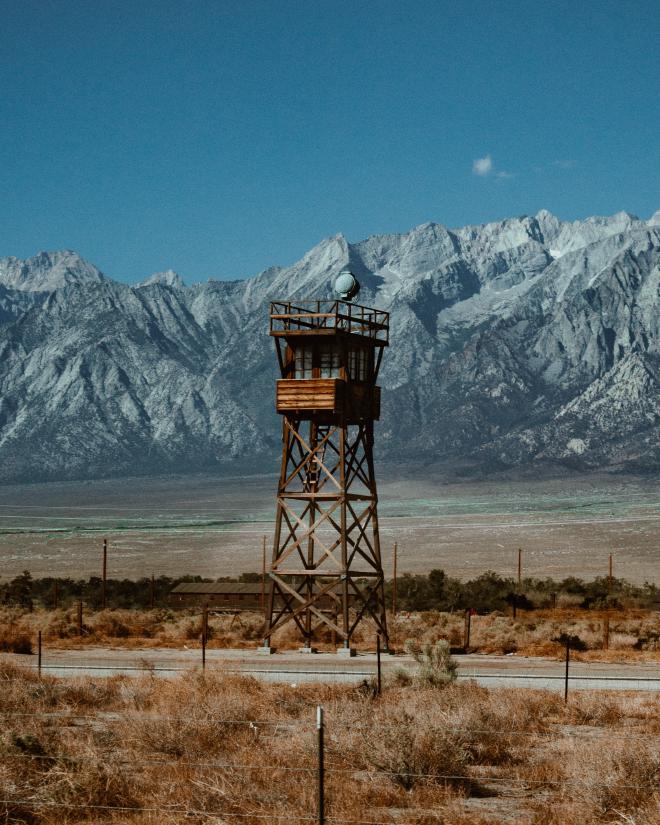Automatic container updates with watchtower

Table of Contents
Keeping things updated quickly becomes a monotonous task. I’m surrounded by devices that demand updates on different frequencies. Phones, computers, tables, cloud instances, containers, and even my car need constant attention for updates that improve security or fix bugs. (Sometimes the updates cause bugs, but let’s forget about those for now) 😉
My container infrastructure runs on Fedora CoreOS and it updates itself. It has an immutable layer underneath my containers that updates using ostree.
However, keeping containers updated is a constant battle.
Updating the containers themselves is fairly easy with a podman pull or docker pull followed by a stop and start.
It’s a bit easier with docker-compose, but it’s still a nuisance to remember to update.
Enter watchtower #
Watchtower is incredibly handy and surprisingly simple to operate. At a high level, it reads the container tags from each running container and watches the upstream repositories for updates. When an updated container appears, watchtower springs into action, pulls the new container, and replaces the old container with the new one.
It accepts arguments to configure all kinds of aspects of updating containers. You can exclude certain containers from updates, choose your update interval, and send notifications when updates occur.
Also, if manually updating containers is something you find fascinating, watchtower can notify you about updates. Then you get that great feeling of running lots of commands on your own. (Wait, surely nobody likes that!)
Deploy #
There are plenty of configuration snippets in watchtower’s documentation, but you can start off with something as simple with this in your docker-compose.yaml:
services:
watchtower:
image: ghcr.io/containrrr/watchtower
volumes:
- /var/run/docker.sock:/var/run/docker.sock
restart: always
privileged: true
My configuration on my mastodon deployment looks something like this:
services:
watchtower:
container_name: watchtower
image: ghcr.io/containrrr/watchtower
hostname: watchtower.tootchute.com
volumes:
- /var/run/docker.sock:/var/run/docker.sock
environment:
- WATCHTOWER_CLEANUP=true
- WATCHTOWER_POLL_INTERVAL=86400
- WATCHTOWER_NOTIFICATIONS=shoutrrr
- WATCHTOWER_NOTIFICATION_URL=discord://DISCORD_WEBHOOK_KEY@DISCORD_CHANNEL_ID
restart: always
privileged: true
This configuration sends me notifications via my Discord server whenever watchtower starts or when a container is updated.
The docker.sock volume mount allows watchtower to interact with the container daemon underneath watchtower.
This could easily be done with docker, moby-engine, or podman.
I’d like to remove the privileged setting at some point soon but I haven’t figured out a way to allow watchtower to talk to the docker.sock without it. 🤔
Further considerations #
If you don’t trust the upstream where you download your containers, be careful using watchtower. A malicious container could be uploaded to a particular container image repository and your system might update itself to the malicious container before the malicious container is found. Then again, if you don’t trust the upstream where you download your containers, you should be building these containers yourself. 😉
For more complex services that might need some extra care around updates, such as database services, you may want to exclude them from automatic updates. You can run multiple instances of watchtower with customized configurations for different sets of containers.